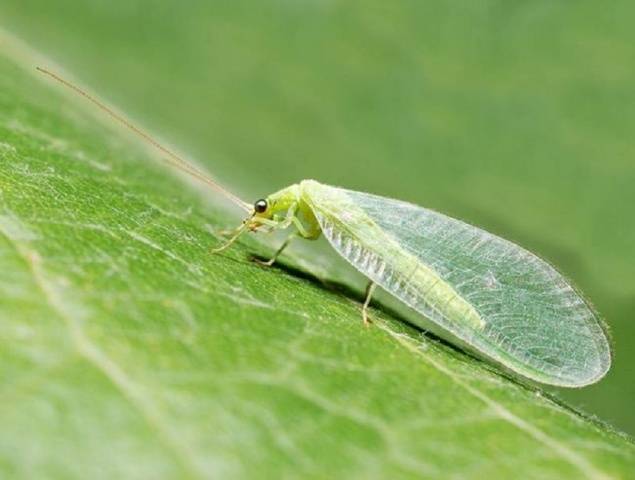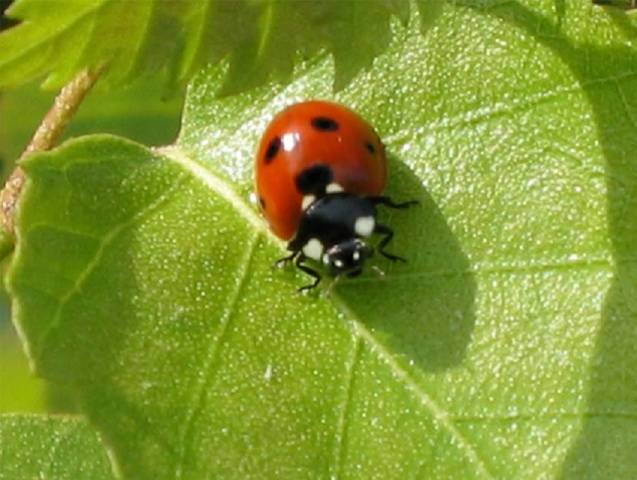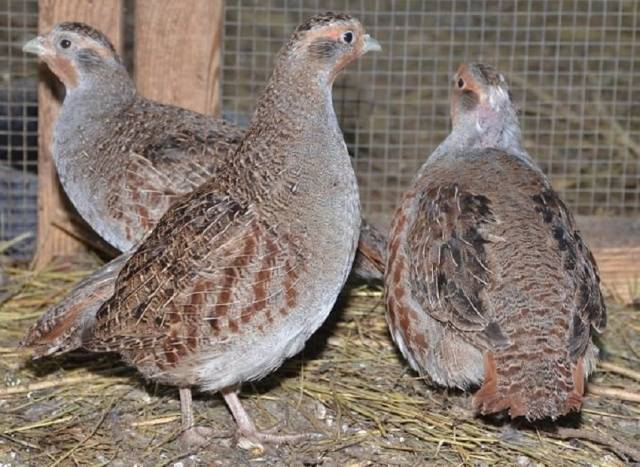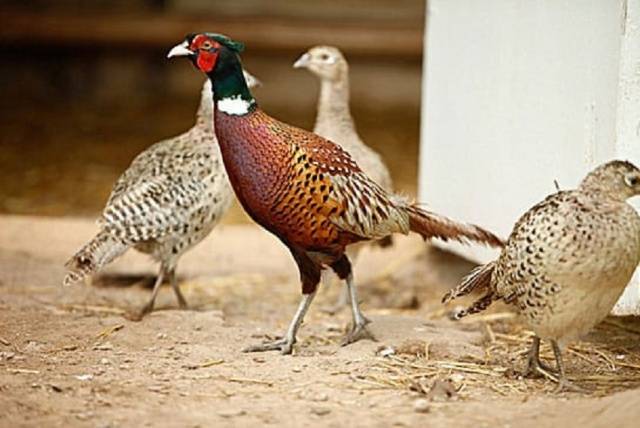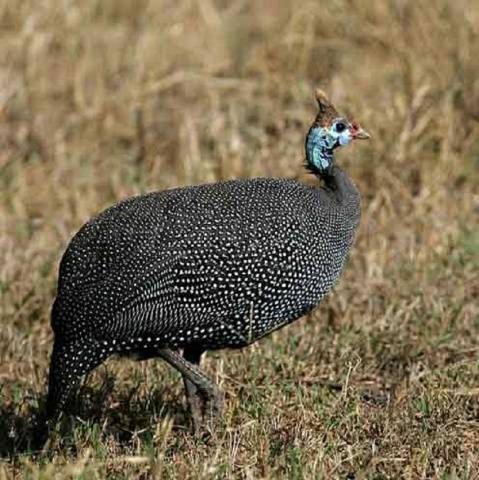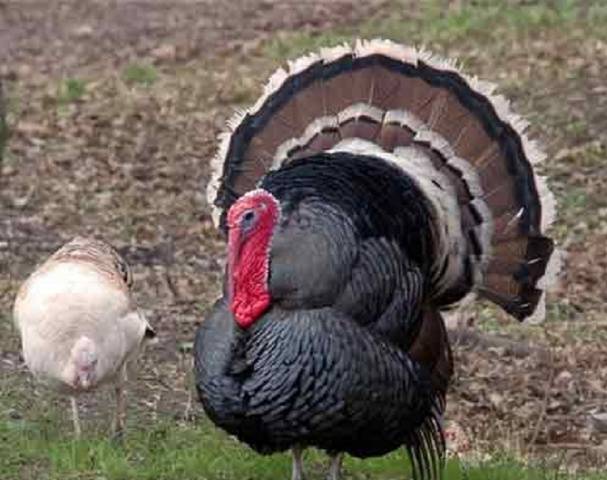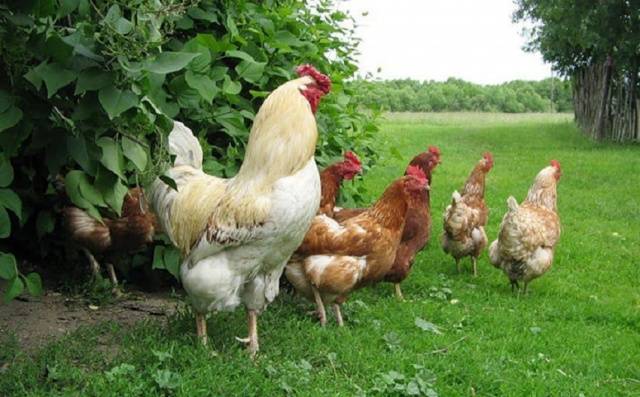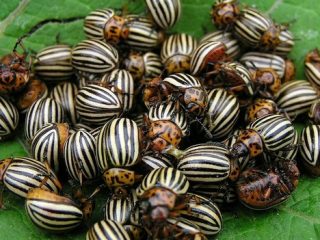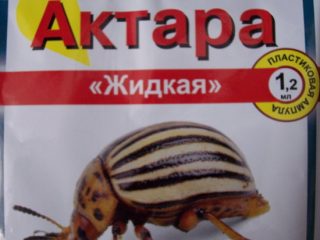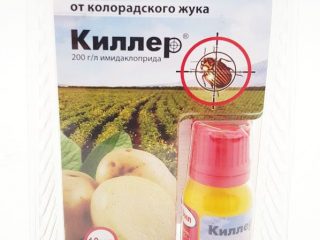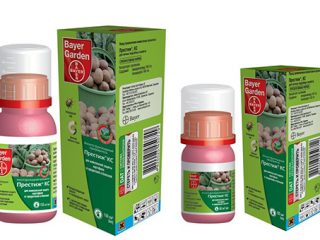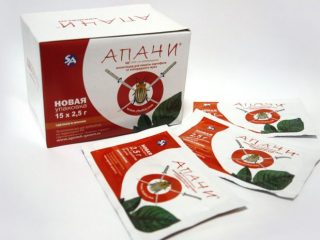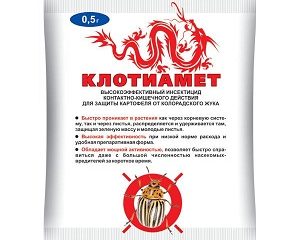Content
Growing potatoes is always accompanied by the struggle of gardeners with invasions of the Colorado potato beetle. Everyone chooses the method of destroying the leaf beetle pest at their own discretion. The most effective is the use of modern chemicals. But not all summer residents want to use toxic products on their site. Firstly, it negatively affects the condition of the soil and plants. Secondly, not every drug is effective enough or requires constant repetition of treatments. Thirdly, the striped beetle does not react to some products after the first spraying; one might say, it quickly adapts.
In nature, everything is harmonious, and therefore there are natural enemies of the Colorado potato beetle. These are insects and birds that feed on the beetles themselves, their eggs and larvae. For those gardeners who prefer a natural method of pest control, it is very important to know who eats the Colorado potato beetle. The Russian expanses are poor in such insects - leaf beetle lovers. The only representatives should be called the lacewing
and "ladybugs".
But species of poultry and wild birds can provide more significant help. After all, the lacewing on the site will do more harm than good if it is bred to destroy striped beetles and their larvae.And besides, adult Colorado beetles are eaten very rarely by ladybugs and lacewings.
Those summer residents who raise poultry are in a more advantageous position. Natural enemies of the pest from poultry species are:
- Common partridges and pheasants;
- Domestic guinea fowl;
- Turkeys;
- Chickens.
All of them successfully cope with leaf beetles and other pests in gardens, and at the same time are very much valued for their dietary meat.
Important! Turkeys and guinea fowls must have their wings clipped to prevent them from flying.
Natural antagonists of “Colorados” are considered to be bedbugs, predatory beetles, field mice, toads, moles and lizards. What wild bird eats Colorado potato beetles? These are cuckoos, hoopoes, crows and starlings.
Who eats the Colorado potato beetle from poultry?
To appreciate all the benefits that poultry brings in the fight against the striped beetle, you need to familiarize yourself with the characteristics of each species.
Partridges and pheasants
Summer residents prefer to keep gray partridges to get rid of leaf beetles and their larvae.
These unassuming birds tolerate unfavorable conditions very well and easily withstand minor disturbances in rearing requirements. Gain weight easily. Pheasants and gray partridges are biological protectors of vegetable gardens not only from the striped beetle and its larvae, but also from the cabbage white weevil. It is these representatives of poultry that are widespread in nature and are highly adaptable.
Sometimes gardeners use open ranges on their pheasant plots.
Birds love to feast on pests of garden crops, but at the same time they can trample down plantings. Therefore, they should not be left unattended.
Domestic guinea fowl
Unpretentious, common poultry. Guinea fowl lay hypoallergenic eggs, which are used in baby food and dietetics. Colorado beetle larvae eat directly from plants without raking the soil. The bird is very hardy, rarely gets sick, mainly due to poor quality food. Despite their small size, Guinea chickens can cope well even with a large population of the formidable potato enemy. They find adult beetles instantly, and the larvae are a real delicacy for guinea fowl. Gardeners consider guinea fowl to be the natural orderlies of their plots. They feed on many types of insects - pests, which provide invaluable benefits and supply delicious meat to the table. They withstand weather fluctuations and low temperatures. Can withstand from +40°C to -50°C.
[get_colorado]
Turkeys
They require more attention when growing and are demanding on living conditions. When unfavorable factors occur, they easily refuse food. They are more susceptible to diseases and have a complex disposition, requiring a special approach.
It is advisable to walk poultry in order to destroy the pest on the site in early summer. During this period, leaf beetle larvae are actively developing.
Poultry training method
Chickens begin to actively destroy the Colorado potato beetle after training.
Otherwise, they are indifferent to the larvae and do not peck them. To achieve a positive result, young animals begin to be acclimated at the age of 3-4 months. The learning technology is quite simple:
- First, crushed Colorado potato beetle larvae are added to the feed. This is necessary to achieve associative visualization in domestic chickens and other poultry species.
- Then chopped potato tops or grated tubers are mixed into their usual food so that the chickens get used to the smell.
- A week after the start of training, the dose of supplements is increased.
- Once the bird gets used to the larvae and potatoes, you can release the natural destroyers into the garden. They themselves will peck pests from plants.
This is necessary to keep your poultry healthy.
How chickens easily cope with the pest after preparation can be seen in the video:
